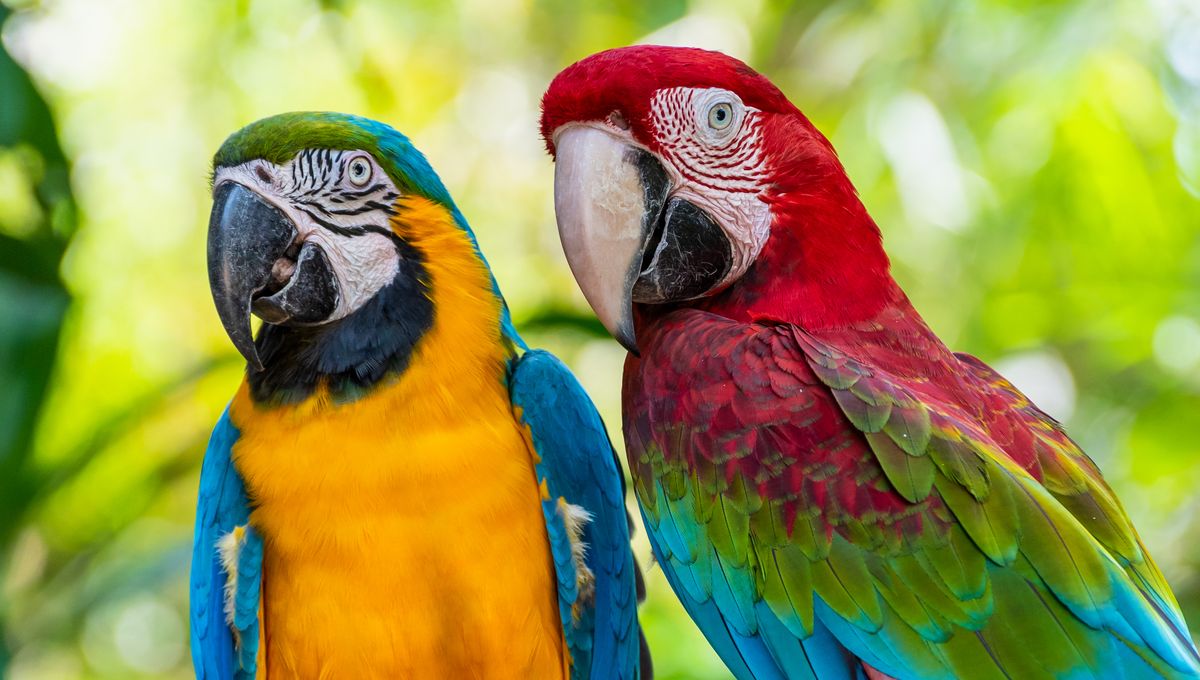
It’s well-established that learning a second language can broaden your horizons, but it may also radically alter the way you perceive the world, even with seemingly simple concepts like color.
In a new study, cognitive scientists and linguists looked at the way colors are perceived and expressed by Tsimané people, an Indigenous Amazonian group native to lowland Bolivia.
They belong to a fascinating culture that’s relatively cut off from the industrialized world. Thanks to their active lifestyle and all-natural diet, the brains of the Tsimané people age 70 percent slower than their “Western” counterparts and they have the healthiest hearts on the planet.
Typically, Tsimané people who only speak their native language do not differentiate between green and blue. The main color terms that all speakers use consistently are jaibes (white), tsincus (black), and jaines (red). There are also at least four different terms to describe shades of yellow: chames, kuchikuchi-yeisi, tsundyes, ifu-yeisi, plus two terms for green and blue that most people use interchangable: shandyes and yushñus.
However, Tsimané people who had picked up some of the Spanish language were found to use two different words to describe green and blue separately.
Instead of simply using the Spanish words for green and blue, they repurposed words from their own language. The bilingual Tsimané speakers began to use yushñus exclusively to describe blue while using shandyes exclusively to describe green.
This might sound like a subtle change, but it could have some mind-blowing implications. Most profoundly, it feeds into the question of whether the language you speak can change the way you see color and interpret the world.
“Learning a second language enables you to understand these concepts that you didn’t have in your first language,” Edward Gibson, an MIT professor of brain and cognitive sciences and the senior author of the study, said in a statement.
To reach these findings, the researchers gathered 152 participants: 71 Tsimané-only speakers, 30 Spanish-only speakers, and 30 Tsimané-Spanish bilinguals from the Bolivian town of San Borja, which is more industrialized than the remote Tsimané communities.
In one task, the researchers showed the participants 84 different colored chips and asked them, one by one, what word they would use to describe each chip color. In a second task, they did the same but were shown an entire set of chips and asked to group the chips by color word.
Explaining the findings, Gibson said: “Remarkably, the bilinguals really divide up the space much more than the monolinguals, in spite of the fact that they’re still primarily Tsimané speakers.”
The researchers go further and argue that it might not just be exposure to the Spanish language that has broadened their expression of colors, but also an adaptation to industrialized lifestyles.
Previous studies have pointed out that industrialized societies, generally speaking, have more words to describe different colors than non-industrialized societies. If you go back to ancient Greek times, for example, it appears they didn’t have a concept of the color blue. The same is true today in hunter-gatherer cultures and Indigenous communities that remain relatively unconnected from the globalized world.
However, as this study suggests, exposure to the industrialized environment might be a factor in the diversification of words used to describe colors.
“Given that more industrialized societies might talk more about color, industrialization might be driving the increased consistency in Tsimané color terms in Tsimané-Spanish bilinguals. That is, it might not be the exposure to the second language that improves efficiency of the color communication system; it might be the interactions in the culture,” the authors concluded.
The study is published in the journal Psychological Science.
Source Link: How “Blue” And “Green” Entered An Amazonian Language Without Words For Them